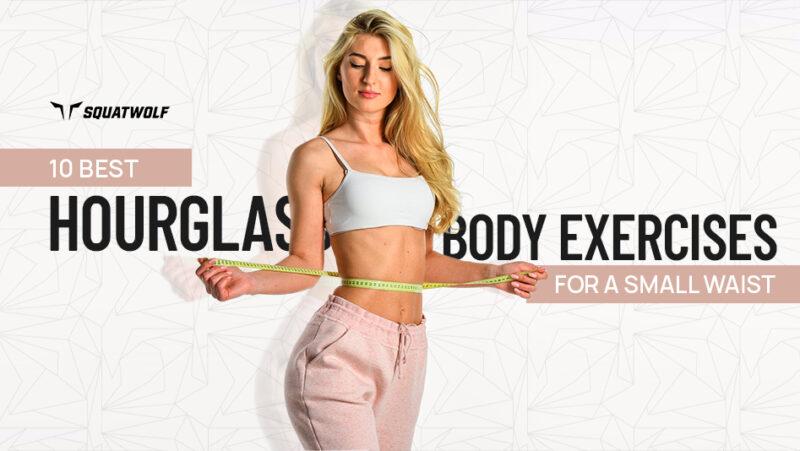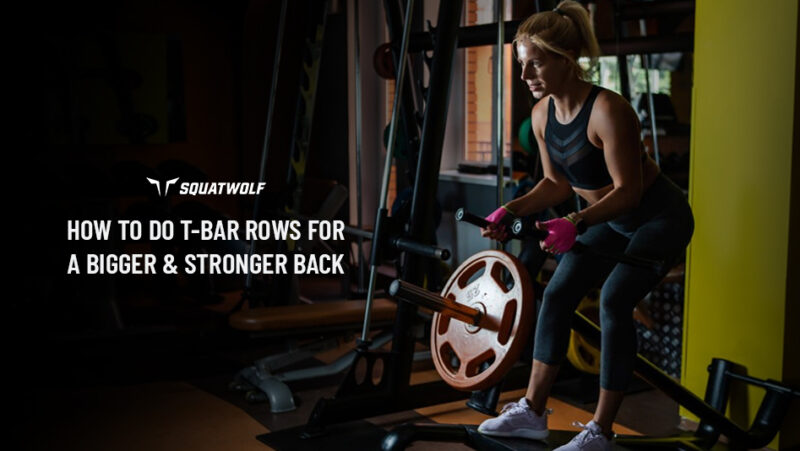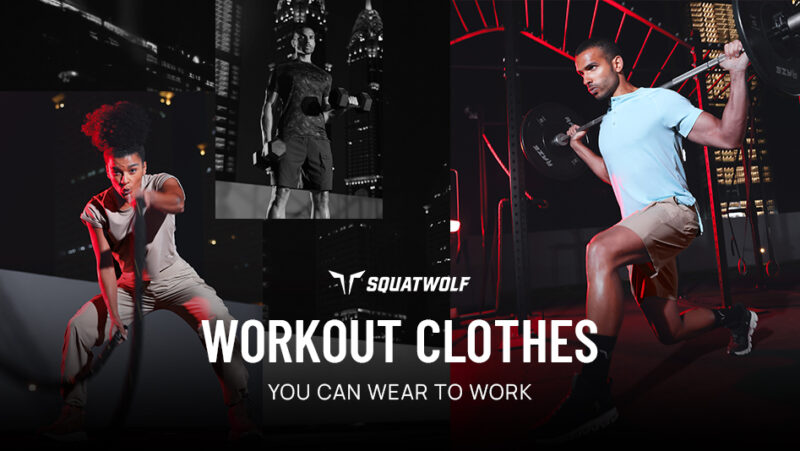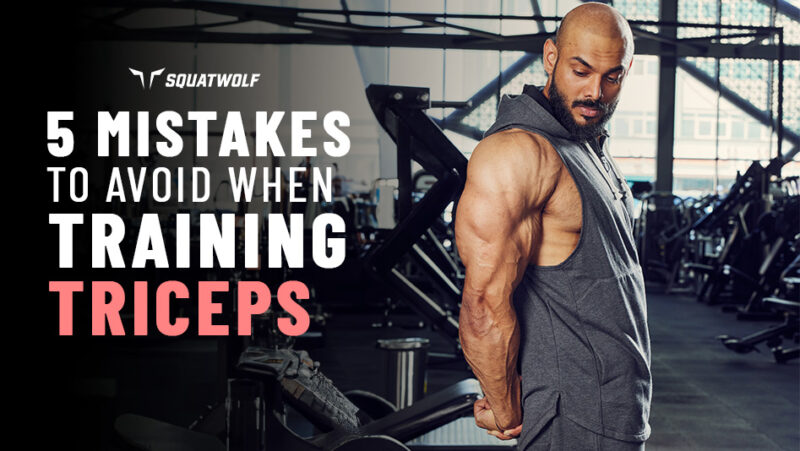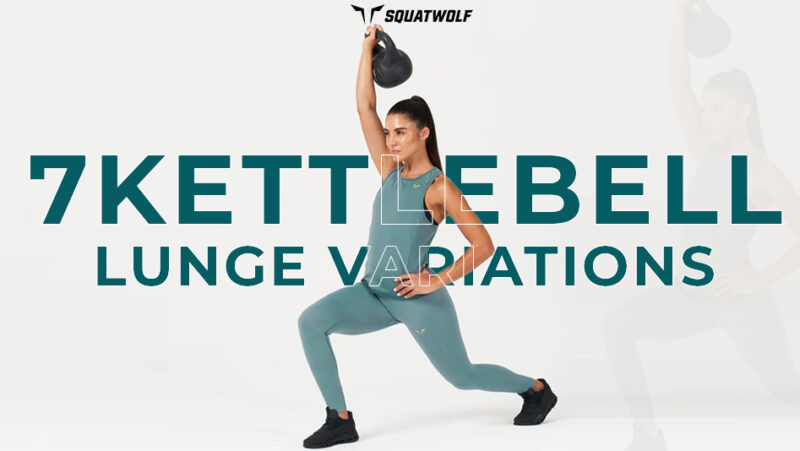When was the last time you did bicep curls?
If you are regular to weight training, then maybe in your last few sessions. Of course, the bicep workout is one to never miss. When you talk about biceps workout, the dumbbell curls are the first your mind switches to.
Have you ever done reverse curls for your biceps – either on the barbell or the dumbbell? We may once? For most, none. We understand it is not the most popular workout and many don’t care.
Therefore, for this reason, we would like to talk about
- Why reverse curls are underrated
- Why you should include them on your bicep day
- How do reverse curls with some variations?
What are Reverse Curls?
Reverse curls are bicep contraction but your palm facing downward. Unlike, bicep curls where you hold the barbell or dumbbell with your palms facing towards you. However, the isotonic motion is the same.
They can be done on both, dumbbells and barbells. However, there are various variations to it which we discuss below.
Muscles Worked
For someone looking to have bigger arms, they are key.
If you brachialis is developed, you can lift even heavier weights for your bicep curls. Working underdeveloped muscles improves performance, prevents injury and allows right form.
A well-developed brachialis muscle pushes the peak of the bicep muscle up higher, making for a more dramatic flex and an overall bigger arm.
Primary: biceps brachii, brachialis
Secondary: brachioradialis
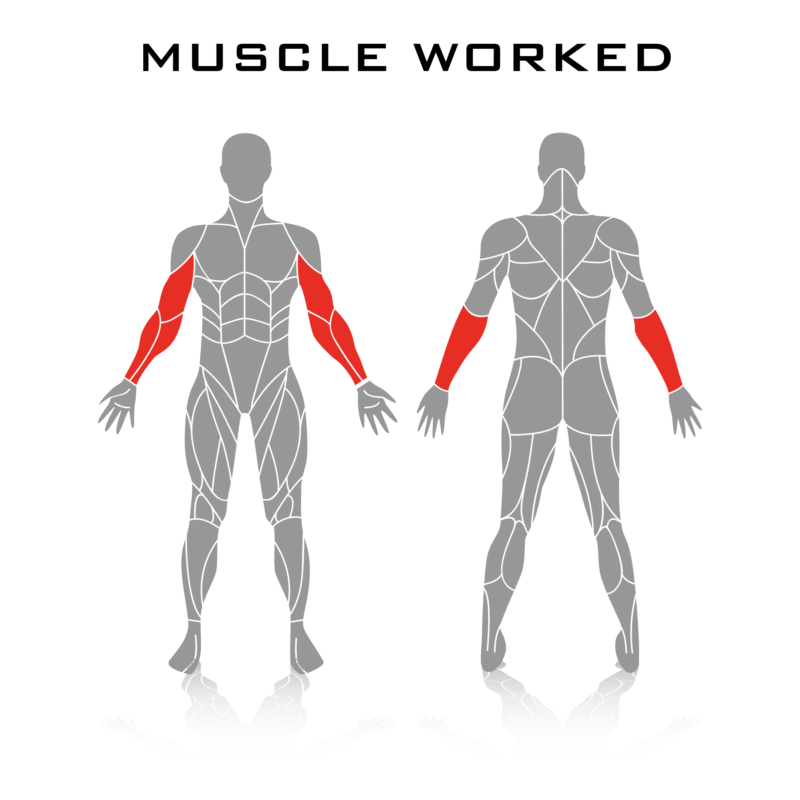
Benefits of Underrated Reverse Curls
You won’t see many pulling these curls at the gym. It is probably the best arm workout. It is a huge hypertrophy secret for you bigger and stronger arms.
Here are a couple of reasons why we think the reverse curls are underrated:
- With these, you cannot lift as much weight as on a bicep curl. Many lifters opt for heavier weights. It makes them think their workout is more efficient with a heavier weight.
- Reverse curls work on the muscles that are not visible; called the brachialis. It lies underneath the bicep muscle and acts as a structural bridge between the bone on the upper arm and the bone on the forearm. Not being visible results is trainers not focusing on it.
They are the most effective arm workouts which target your biceps and wrists. Here is a list of reasons why you should incorporate reverse curls on your bicep day.
- Bigger and stronger arm structure
- Increased grip strength and makes your biceps less prone to injury
- Alleviating elbow pain during imbalance between the extensor and flexor muscles
- Develops brachialis of your upper arm to lift heavier weights
- Strengthens brachioradialis of your forearm for better structure
How To Do Reverse Curls Correctly?
- To begin the reverse curl, hold the dumbbell with a pronated grip (palms facing down). Keep your hands and feet shoulder apart and body straight with chest out.
- While holding upper arms stationary, curl the dumbbell and let the biceps contract while you breathe out. Make sure only your forearms move.
- Continue to curl the dumbbell till your biceps fully contract and the dumbbell is at your shoulder level. Hold contract position for a second.
- Bring back the dumbbell down in the same motion to the starting point.
- Repeat according to your target sets and reps.
Variations Of Reverse Curls
You can replace your dumbbell reverse curls with various other weights and equipment such as straight barbell, EZ barbell, pulley, plate, and kettle bell.
All of them more or less do the same muscle impact for you. Find out which of them is suitable for you and don’t neglect the reverser curlers.
You can spice things up by trying different variations of reverse curls depending on your lifting preference and fitness level.
Wall Reverse Curls
If you struggle with maintaining your form while doing reverse curls, the best solution for you would be to try your hand at wall reverse curls. This exercise is simple but will get you the most effective lifts because of proper form. Stand against the wall and then perform the curls.
EZ Bar Reverse Curls
Reverse curls can be done with different gym equipment like cables and dumbbells as well as EZ bar. Performing this exercise with EZ bar works well for beginners. It works by activating the bicep muscles more efficiently.
Barbell Reverse Curls
This is another interesting variation of your standard reverse curls. The exercise is performed the same way the only difference is the gym equipment. Barbell reverse curls are perfect for people who don’t feel confident using dumbbells.
Cable Reverse Curls
For this exercise, all you have to do is attach a cable to the lowest pulley and then grab it with your palms facing down.
Prone Incline Reverse Curl
Prone incline reverse curl can be a bit challenging for most people to do because it requires an incline bench. Lie down on the incline bench face down and then perform reverse curls with a pair of dumbbells or an EZ curl bar.
Common Mistakes
Here are some common mistakes to avoid while doing reverse curls.
Weights
With reverse curls you are at liberty to use heavy weights, however, not everyone wants to. The goal isn’t to perform this workout using heavy weights, the goal is to get the maximum number of reps and develop your bicep muscles.
When you use heavy weights, it can lead to potential injury. That’s why it is better to use lighter weights and then gradually work your way up to using heavier weights to accommodate your fitness levels.
Momentum
For you to perform this workout properly your upper arms should be locked or screwed to your sides and remain stationary. Only your elbows should be lifted using the dumbbells. Your core should be engaged and your back and hips should be stable. This is the point where you use momentum to lift weights if you’re using heavy weights.
Wrists
You will feel a pull on your wrists as you lift your elbows up. A slight pull is normal, but if this exercise puts strain on your exterior muscles and wrist joint, then that is your cue to stop the exercise or use lighter weights. Another important point to note is while doing this workout your wrists should be straight for the proper execution of the exercise.
Key Takeaway
Do not neglect underrated workouts which work your not-so visible muscles. They can help you grow the primary muscle and make your other workouts more efficient. For example, working on the brachialis. Incorporate reverse curls on your bicep day and you can aim for bigger arms with efficiency and injury prevention.
Frequently Asked Questions
Reverse curls are bicep contraction but your palm facing downward. Unlike, bicep curls where you hold the barbell or dumbbell with your palms facing towards you. However, the isotonic motion is the same.
Since you forearms are facing downwards, there as a higher load on your wrist joints, making it harder to perform with heavy weights.
Reverse curls build a bigger arm structure, improve grip, alleviate elbow pain and strengthens brachioradialis of your forearm for better structure.
The primary target muscles of reverse curls are the biceps brachii and brachialis.
Do not neglect underrated workouts which work your not-so visible muscles. They can help you grow the primary muscle and make your other workouts more efficient.
Continue Reading


